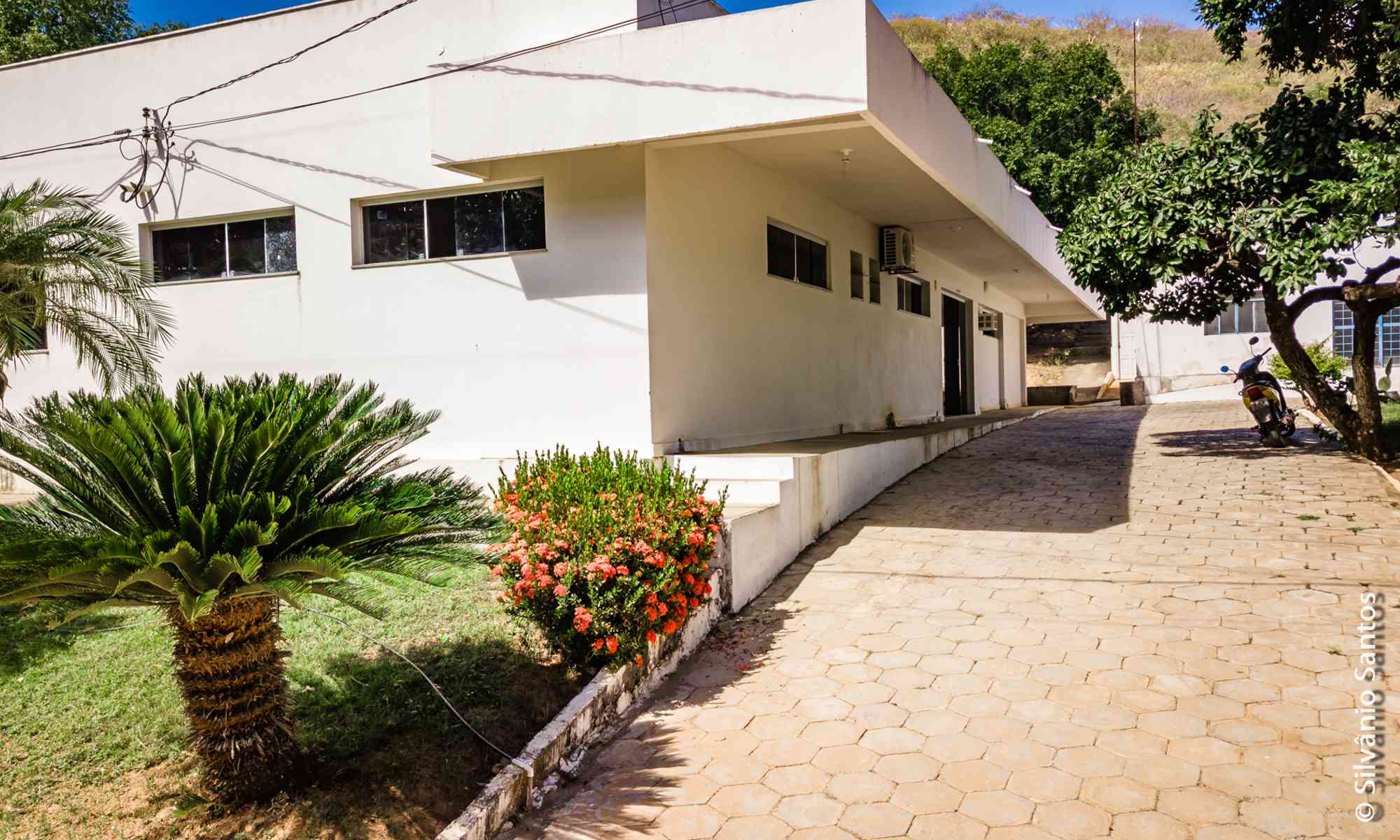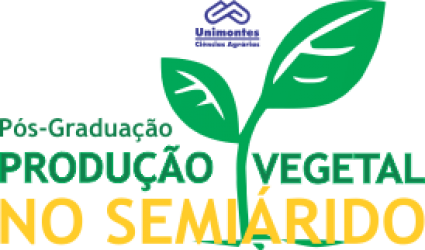- Version
- Download 11
- Tamanho do Arquivo 360.20 KB
- Data de Criação 16/06/2021
- Download
MOTA, Álvaro Diego Soares. Avaliação das silagens da parte aérea de quatro variedades de mandioca cultivadas no norte de Minas Gerais. 2009. 102 p. Dissertação (Mestrado em Produção Vegetal no Semiárido) – Universidade Estadual de Montes Claros, Janaúba, 2009.
Objetivou-se com este trabalho determinar as características agronômicas de quatro variedades de mandioca cultivadas no Norte de Minas Gerais. Para a determinação da altura de plantas, número de raízes por planta e produção de raízes por hectare das variedades (Amarelinha, Sabará, Periquita, Olho Roxo), utilizou-se um delineamento em blocos casualizados com quatro repetições. Para a determinação da produção de forragem e da relação folha/caule foi utilizado um delineamento em blocos casualizados com esquema fatorial 4 x 3, sendo quatro variedades de mandioca (Amarelinha, Sabará, Periquita, Olho Roxo) e três formas de aproveitamento da parte aérea (planta inteira, terço superior, sobras de plantio). Foram realizadas adubações de plantio e cobertura. Foi estabelecido como momento de colheita aquele em que as raízes apresentavam aceitação por parte dos consumidores, sendo feito, neste momento, o registro de produção forrageira por hectare das frações da parte aérea das quatro variedades, a relação folha/caule, produção de raízes por hectare e números de raízes por planta, em cada uma das parcelas. Para a coleta dos dados, foram utilizadas as quatro linhas centrais de cada parcela. As raízes coletadas de cada planta foram contadas manualmente, sendo que a pesagem das raízes e da parte aérea foi realizada com balança digital, a medição da altura das plantas foi realizada com o auxílio de uma trena, a relação folha/caule foi determinada retirando-se o limbo foliar do restante da planta nas três frações da parte aérea das quatro variedades, e o peso registrado em balança digital. A fração planta inteira foi determinada da seguinte forma: cortou-se a parte aérea total da planta a 20 centímetros do solo, sendo o toco resultante utilizado para facilitar a colheita das raízes. A fração terço superior foi determinada como sendo o ⅓ superior da planta. A fração sobras do plantio foi determinada da seguinte forma: a parte do caule da planta em que havia a presença de folhas foi considerada como sobras do plantio. Os dados foram submetidos à análise de variância e teste de Scott- Knott (1974) a 5% de probabilidade. Houve diferença significativa para a produção de raízes e altura de plantas das diferentes variedades. Também houve diferença significativa na produção de forragem das diferentes variedades e das diferentes frações; também houve diferença significativa na relação folha/caule das diferentes frações da parte aérea. Conclui-se que as variedades Amarelinha e Sabará apresentam um ótimo potencial de produção de raízes; a altura de plantas é influenciada pela variedade; o número de raízes por planta não influencia na produtividade total de raízes por hectare; a variedade Periquita e a fração planta inteira apresentam o maior potencial forrageiro; os maiores valores de relação folha/caule são encontrados na fração do terço superior.
Agronomic characteristics of four cassava varieties cultivated in the North of Minas Gerais
This work aimed to determine the agronomic characteristics of four cassava varieties cultivated in the North of Minas Gerais. For the determination of the plants height, roots number per plant and roots production per hectare of the varieties (Amarelinha, Sabará, Periquita, Olho Roxo), a design was used in randomized blocks with four repetitions. For the determination of the forage production and the relationship leaf/stem a design was used in randomized blocks with factorial scheme 4 x 3, being four cassava varieties (Amarelinha, Sabará, Periquita, Olho Roxo) and three ways of use of the aerial part (entire plant, superior third, planting surpluses). Planting and covering fertilizations were accomplished. It was established as moment of harvest that in which the roots presented acceptance by the consumers, being done, at that time, the registration of the forage production for hectare of the aerial part fractions of the four varieties, the relationship leaf/stem, roots production per hectare and roots numbers per plant, in each one of the parcels. For the data collection, the four central lines of each parcel were used. The roots collected of each plant were counted manually, and the weighting of the roots and aerial part it was accomplished with digital balance, the plants height was calculated with the aid of a tape measure, the relationship leaf/stem was determined removing the leaf blade of the remaining of the plant in the three fractions of the aerial part of the four varieties, and the weight registered in digital balance. The entire plant fraction was determined according to the following way: the total aerial part was cut at 20 centimeters from the soil, being the stub used to facilitate the roots harvest. The superior third fraction was determined as being the ⅓ superior of the plant. The planting surpluses fraction was determined by the following way: the part of plant stem in which there was the presence of leaves was considered as planting surpluses. The data were submitted to the variance analysis and test of Scott-Knott (1974) to 5% of probability. There was significant difference for the roots production and plants height of the different varieties. There was also significant difference in the forage production of the different varieties and of the different fractions; there was also significant difference in the relationship leaf/stem from the different aerial part fractions. It is concluded that the varieties Amarelinha and Sabará present a great potential of roots production; the plants height is influenced by the variety; the roots number per plant doesn't influence on the total roots productivity per hectare; the variety Periquita and the entire plant fraction present the largest potential of forage production, and the greatest values of relationship leaf/stem are found in the superior third fraction.

